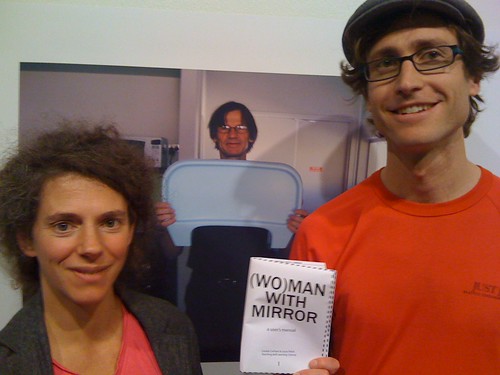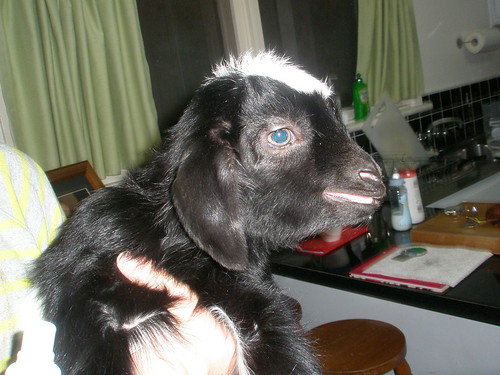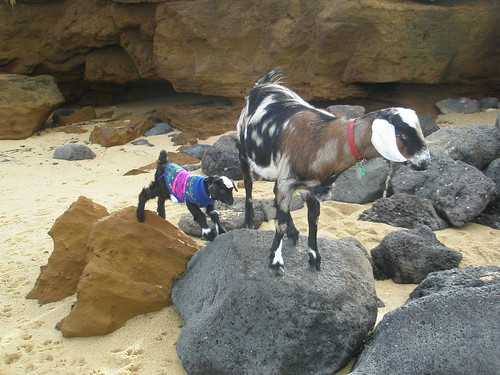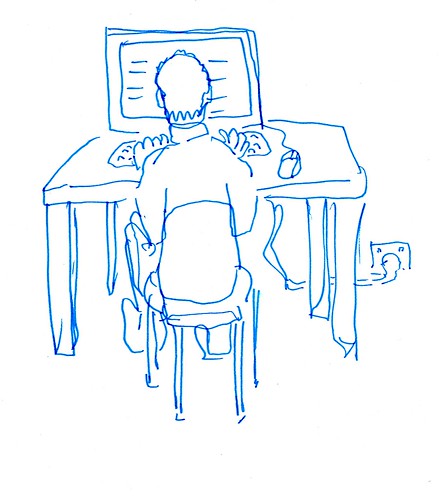A few scribbled notes…
Last night we went to a lecture by Lucy Lippard at Sydney Uni. It was a rare treat to see this legend, who beautifully chronicled “dematerialization” practices in the late 1960s and 70s, and who has done some terrific work more recently on art and place and the local.
Her lecture had a really interesting title – “Three Escape Attempts” – see lecture publicity below:
In her illustrated lecture, Three Escape Attempts, Lucy Lippard will discuss her curatorial practice with a focus on Three Escape Attempts – three moments in which artists tried to escape or at least bypass the art world: Conceptualism, Feminism, and what she calls the “collaborative” moment in the early 1980s.
Lucy Lippard is an internationally reknowned feminist art critic, author, and theorist. She has curated more than fifty exhibitions and is author of twenty books on contemporary art and cultural criticism including:
Six Years: The Dematerialization of the Art Object (1973); From the Center: Feminist Essays on Women’s Art (1976); Get the Message: A Decade of Art for Social Change (1984); A Different War: Vietnam in Art (1990), The Pink Glass Swan: Selected Essays on Feminist Art (1995); and On the Beaten Track: Tourism, Art and Place (1999).
She lives in Galisteo, New Mexico, and in 2010 will publish a book on the history of the area she lives in from 1290-1790. In the 1970s she gave the Power Lecture and in the 1980s she taught at the University of Queensland.
This is a free event, no booking required. All welcome.
I’m very interested in the idea in the title of this lecture – escape attempts. Art trying to work outside the artworld, escape from its boundaries.
In the lecture Lippard went through three periods. The first was conceptualism (late 1960s, early 1970s) – a period she describes as a kind of “adolescence” – when a series of “tools” was developed for institutional critique (the beginnings of the process of trying to escape the artworld?)…
She made no mention of Allan Kaprow (from memory, he is hardly mentioned in her book Six Years either) although he had a long engagement with a very similar project of trying to escape art’s framing, and find a way to avoid the sapping of life’s essence by art.
Her second period was feminism (early-mid 1970s). She emphasised feminist art’s use of tools borrowed from conceptualism and their application to urgent real world situations: “finding uses for conceptual art strategies”…
Her third period (the third “escape attempt”) was a collaborative period of socially engaged art / art as activism / art as community work by collectives in public spaces (early 1980s). Collaborative art as an antidote to social alienation.
Most examples in the lecture came from things she had been involved in herself – she has always been a very engaged art writer… not “disinterested” at all.
Her general prescription (it seems to me) is that art should be a kind of activism for social change. Art should not be quarantined within the “artworld”. The artworld is a zone set apart and kept safe from the actual engagements of real politics.
Her talk was like an illustrated artist’s lecture – big on anecdotes and examples, not much analysis of the idea of escape attempts as a concept in itself.
It occurs to me that the “three escape attempts” she outlined always failed because they were trying, precisely, to escape something which could always incorporate these very attempts to escape…
The paradox is that the artworld can gobble up anything, and so any escape attempt ends up being recuperated within the artworld’s scope. Thus it is impossible to escape, if one is attempting to do so as an artist. Escape attempts only secure the knot more tightly to the artworld (Lippard herself used the analogy of a bungee cord).
In question time, Lippard inadvertantly mentioned her own gradual “loss of interest in the mainstream artworld” several times.
Now this was something! Lippard’s own “drift away” from the artworld has perhaps achieved what could never be achieved through the “escape attempts” described in the lecture. A “loss of interest”. She simply stopped paying attention to what was going on, and did other things instead.
It occurs to me that losing interest in something is a good way of depriving it of value (and thus power). “Losing interest” and “paying attention” are both terms related to value and capital. (Although, the art world never lost interest in Lippard. Through her published writings, she still exerts a strong influence on generations of artists and theorists).
But the deeper question is – why “escape” the artworld?
Escaping? Escaping what? (Is this a Freudian thing?) Could this be connected to her notion of conceptual art as a kind of “adolescence” – a necessary rebellion in order to forge one’s own identity before reintegrating into society? I don’t know. Resistance is futile – the artworld is an entity whose value always increases as a result of subaltern practices carried out in opposition to it.
What about ideas of tradition and community? Like it or not, the artworld is our community (at least, one amongst the many different overlapping communities we belong to, and create, and constitute).
We are our communities – we are the artworld. How could we (and why would we want to) escape from ourselves?
Is there not some value in art, that it could contribute to the improvement of life? Lippard herself, although she says she has drifted away from the artworld, still seems to think so. At the end of her lecture, she quoted Fluxist Robert Filliou’s wonderful paradoxical statement: “Art is what makes life more interesting than Art”…
– –
[PS 1: My studio buddy Lisa just pointed out that “Escape Attempts” is the title to the preface of the second edition of Lippard’s Six Years. – She gleaned this from here…]
[PS 2: A related blog entry from Randall Szott at Leisure Arts which goes some way towards answering the question of “why” we might want to escape/avoid enframing our activities as “art”…]
[PS 3: an older related post is here: Giving Up.]





